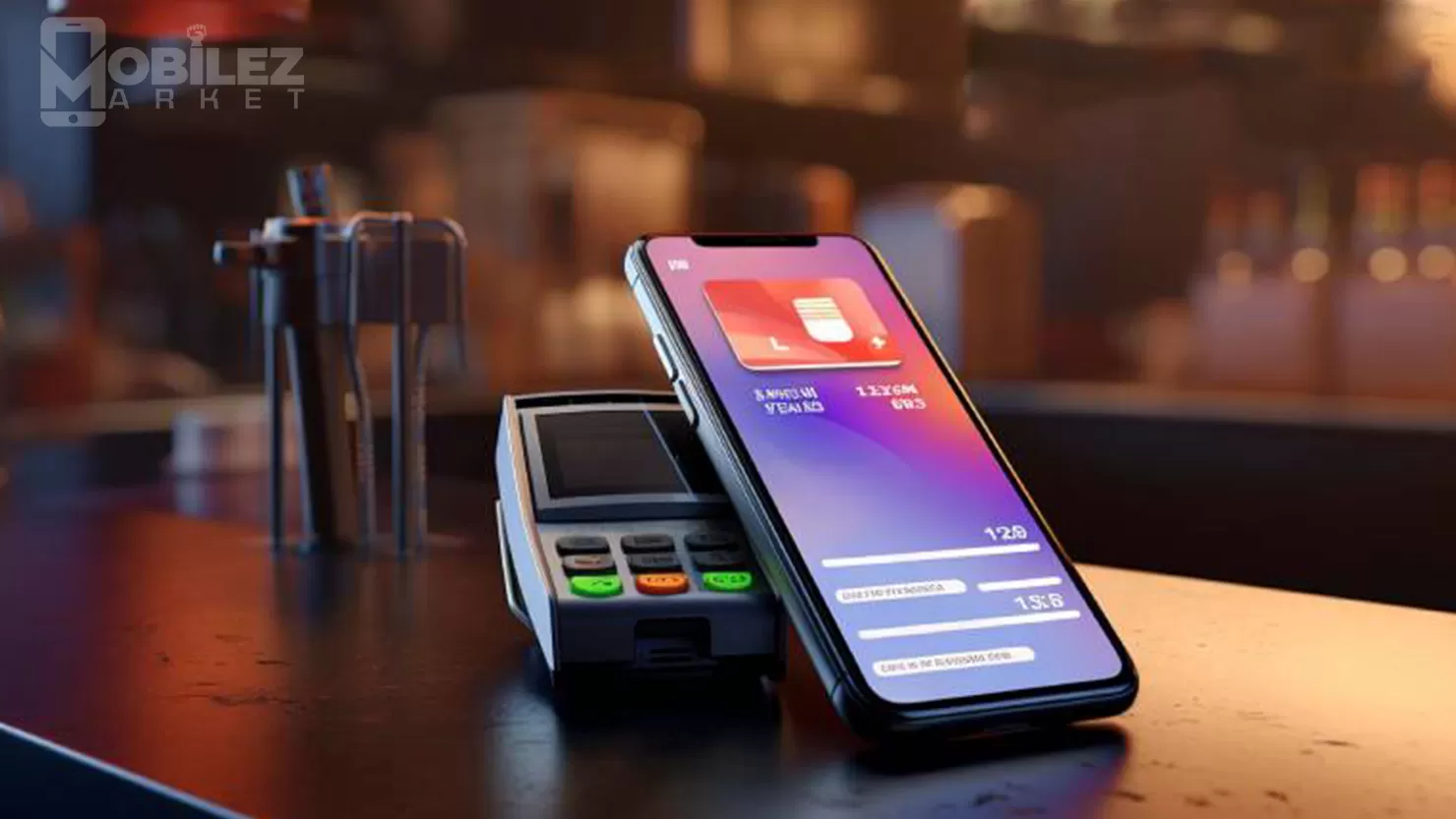Mobile Payment Solutions | The Future of Transactions
Introduction:
In recent years, mobile payment solutions have transformed the way we conduct transactions, offering convenience, security, and efficiency to both consumers and businesses. With the rise of smartphones and the increasing adoption of digital wallets and mobile banking apps, mobile payments have become mainstream, revolutionizing the way we shop, dine, and pay for goods and services. In this blog post, we'll explore the evolution of mobile payment solutions and delve into the future of transactions in the digital age.
The Evolution of Mobile Payments:
- From Cash to Cards: Traditional payment methods, such as cash and credit cards, have long been the primary means of conducting transactions. However, with the advent of smartphones and digital technology, mobile payments have emerged as a convenient alternative to traditional payment methods.
- Rise of Digital Wallets: Digital wallets, also known as mobile wallets, store payment information securely on smartphones, allowing users to make contactless payments in-store, online, and within mobile apps. Popular digital wallet providers include Apple Pay, Google Pay, and Samsung Pay.
- Mobile Banking Apps: Many banks and financial institutions offer mobile banking apps that enable users to manage their accounts, transfer funds, pay bills, and make peer-to-peer payments directly from their smartphones, eliminating the need for physical banking branches and paper checks.
Benefits of Mobile Payment Solutions:
- Convenience: Mobile payments offer unparalleled convenience, allowing users to make purchases with a simple tap, scan, or fingerprint authentication, without the need to carry physical wallets or cash.
- Security: Mobile payment solutions employ advanced security measures such as tokenization, encryption, and biometric authentication to protect sensitive payment information and prevent unauthorized transactions.
- Speed and Efficiency: Mobile payments streamline the checkout process, reducing transaction times and eliminating the need for manual card swipes or cash handling, leading to faster and more efficient transactions for both consumers and merchants.
- Contactless Payments: Mobile payments support contactless payment methods, reducing physical contact and minimizing the risk of germ transmission, especially in light of public health concerns such as the COVID-19 pandemic.
- Integration with Loyalty Programs: Many mobile payment solutions integrate seamlessly with loyalty programs and rewards schemes, allowing users to earn points, discounts, and cashback rewards for their transactions.
Trends Shaping the Future of Mobile Payments:
- Contactless Payments: Contactless payment methods, including NFC (Near Field Communication) and QR code payments, are becoming increasingly popular, driving the adoption of mobile payment solutions in both brick-and-mortar and online environments.
- Expansion of Peer-to-Peer Payments: Peer-to-peer (P2P) payment platforms, such as Venmo, PayPal, and Cash App, are gaining traction as convenient alternatives to traditional money transfer methods, facilitating quick and easy fund transfers between individuals.
- Integration with Wearable Devices: The integration of mobile payment solutions with wearable devices, such as smartwatches and fitness trackers, is on the rise, enabling users to make payments directly from their wrists without the need for smartphones or physical cards.
- Biometric Authentication: Biometric authentication methods, such as fingerprint scanning, facial recognition, and iris scanning, are being increasingly used to enhance the security and convenience of mobile payments, replacing traditional PINs and passwords.
- Blockchain and Cryptocurrency: The adoption of blockchain technology and cryptocurrencies, such as Bitcoin and Ethereum, is opening up new possibilities for secure, decentralized, and borderless mobile payments, revolutionizing the financial landscape.
Overcoming Challenges and Adoption Barriers:
- Consumer Trust and Security Concerns: Despite advancements in security technology, some consumers remain wary of mobile payment solutions due to concerns about data privacy, identity theft, and fraudulent transactions.
- Merchant Acceptance: While mobile payment acceptance is growing, some merchants may still lack the infrastructure and technology to support contactless payments, limiting the adoption of mobile payment solutions in certain regions or industries.
- Regulatory Compliance: Mobile payment solutions must comply with regulatory requirements and standards, including data protection regulations such as GDPR and payment card industry (PCI) standards, to ensure the security and integrity of transactions.
The Future of Transactions:
- Seamless Integration: The future of transactions lies in seamless integration across multiple channels and platforms, enabling users to make payments effortlessly across various devices, apps, and ecosystems.
- Personalization and Customization: Mobile payment solutions will increasingly focus on personalization and customization, offering tailored recommendations, rewards, and incentives based on user preferences, behavior, and transaction history.
- Enhanced Security Features: Future mobile payment solutions will continue to prioritize security, leveraging advanced technologies such as biometrics, artificial intelligence (AI), and blockchain to protect user data and prevent fraud.
- Continued Innovation: As technology evolves, we can expect to see continued innovation in the mobile payment space, with new features, functionalities, and partnerships that enhance the user experience and drive adoption.
Conclusion:
Mobile payment solutions have revolutionized the way we conduct transactions, offering unparalleled convenience, security, and efficiency in an increasingly digital world. As mobile payments continue to evolve and gain traction, they will play an increasingly prominent role in shaping the future of commerce, driving innovation, and transforming the way we buy, sell, and transact. By embracing mobile payment solutions and staying abreast of emerging trends and technologies, businesses and consumers alike can unlock new opportunities and enjoy a seamless and secure payment experience wherever they go.


